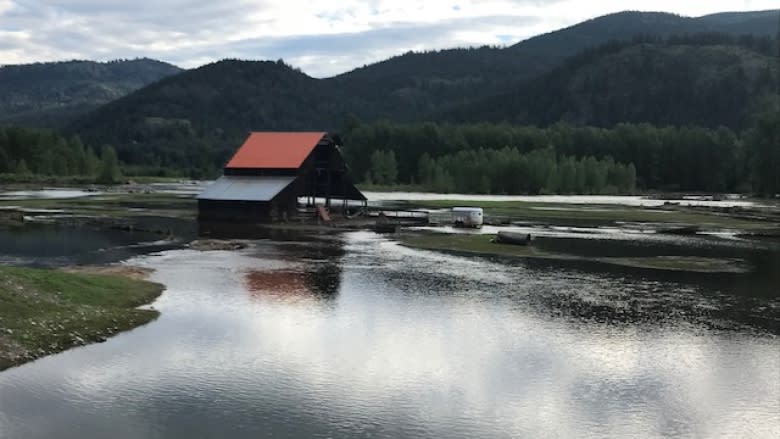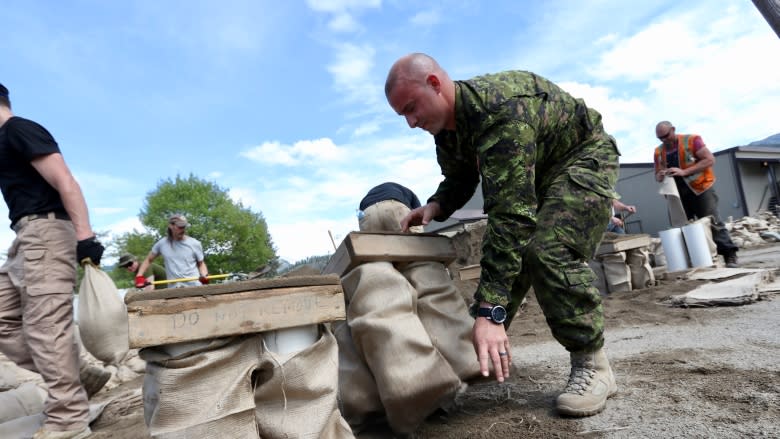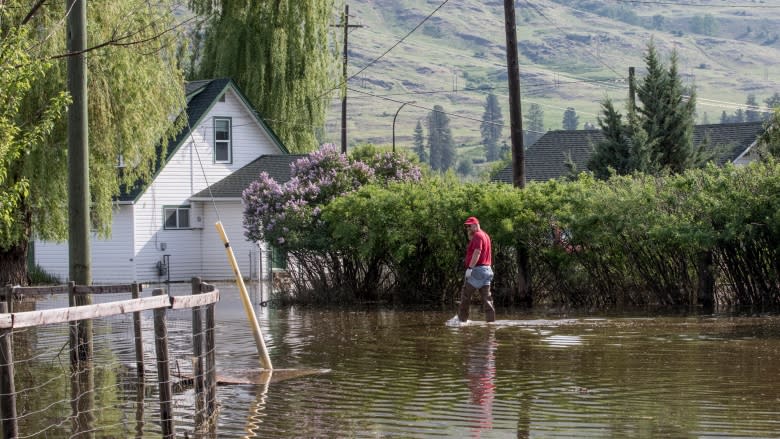Grand Forks launched flood risk study days before waters hit
Just days before the floodwaters hit, the City of Grand Forks, B.C., ironically launched a study into long-term flood protection.
The city hired engineering consulting firm Urban Systems to assess its flood risk and develop flood protection plans for the community.
The flood protection study launched on May 7th.
The first wave of flooding hit three days later.
"We are already aware of the risks," said Cameron Gatey, lead engineer on the study. The recent flooding reinforced the seriousness of the risk, Gatey said.
The regional risks of flooding have long been on the agenda of both the City of Grand Forks and Urban Systems.
The firm initially proposed a flood protection and mitigation project one year ago, with a price tag of $225,700, according to the 32-page project document.
Days later, the city approved the project at a council meeting under the condition that it be financed by money secured by the federal gas tax fund.
Once funding was in place, the city then initiated the actual study. According to Gatey, the kickoff meeting between Urban Systems and city staff was May 7th — the Monday before the flood.
The consulting firm will continue with its study, which will take about one year to complete, according to Gatey.
Timing
Residents from the Kootenay-Boundary region are still grappling with the effects of the massive flood event, which forced thousands of people from their homes and left the City of Grand Forks submerged.
"We use events like this to reinforce that [floods] really can happen — and they really can have a serious consequence," said Gatey.
The City of Grand Forks has long been aware of flood risks, enacting several floodplain management bylaws in the early 1990s to "to reduce the risk of injury, loss of life and damage to the buildings and structures due to flooding."
But Gatey says floods like the one endured by the city this year are often what spurs costly infrastructure projects that can mitigate disaster.
"The cost of the infrastructure to protect dikes and levies can be significant, and communities have other priorities that they want to invest their money in," said Gatey.
"Something that's used for a week once every hundred years is seen as something that's not a really great investment — until you actually have an event."




